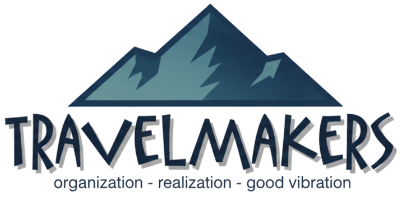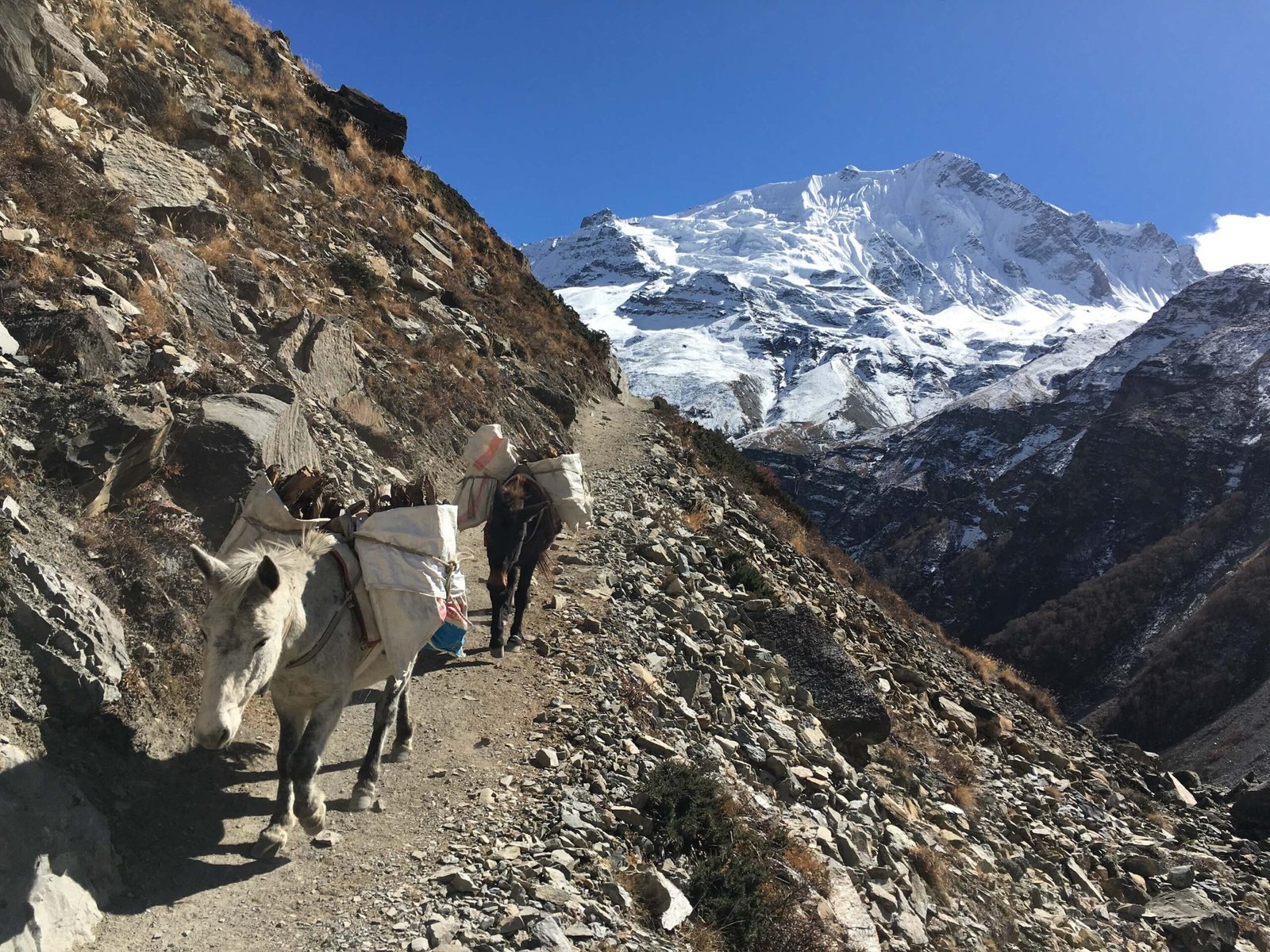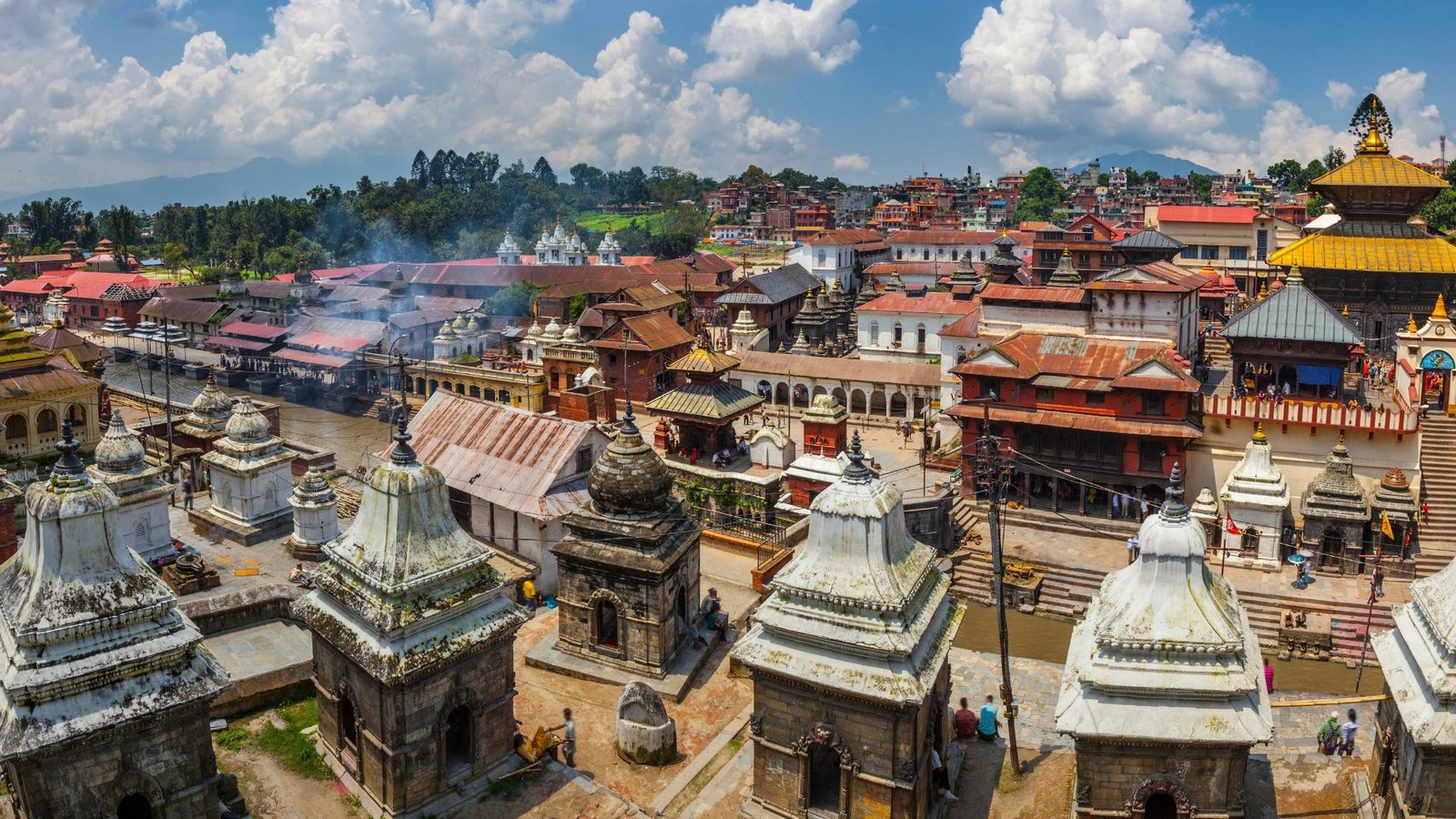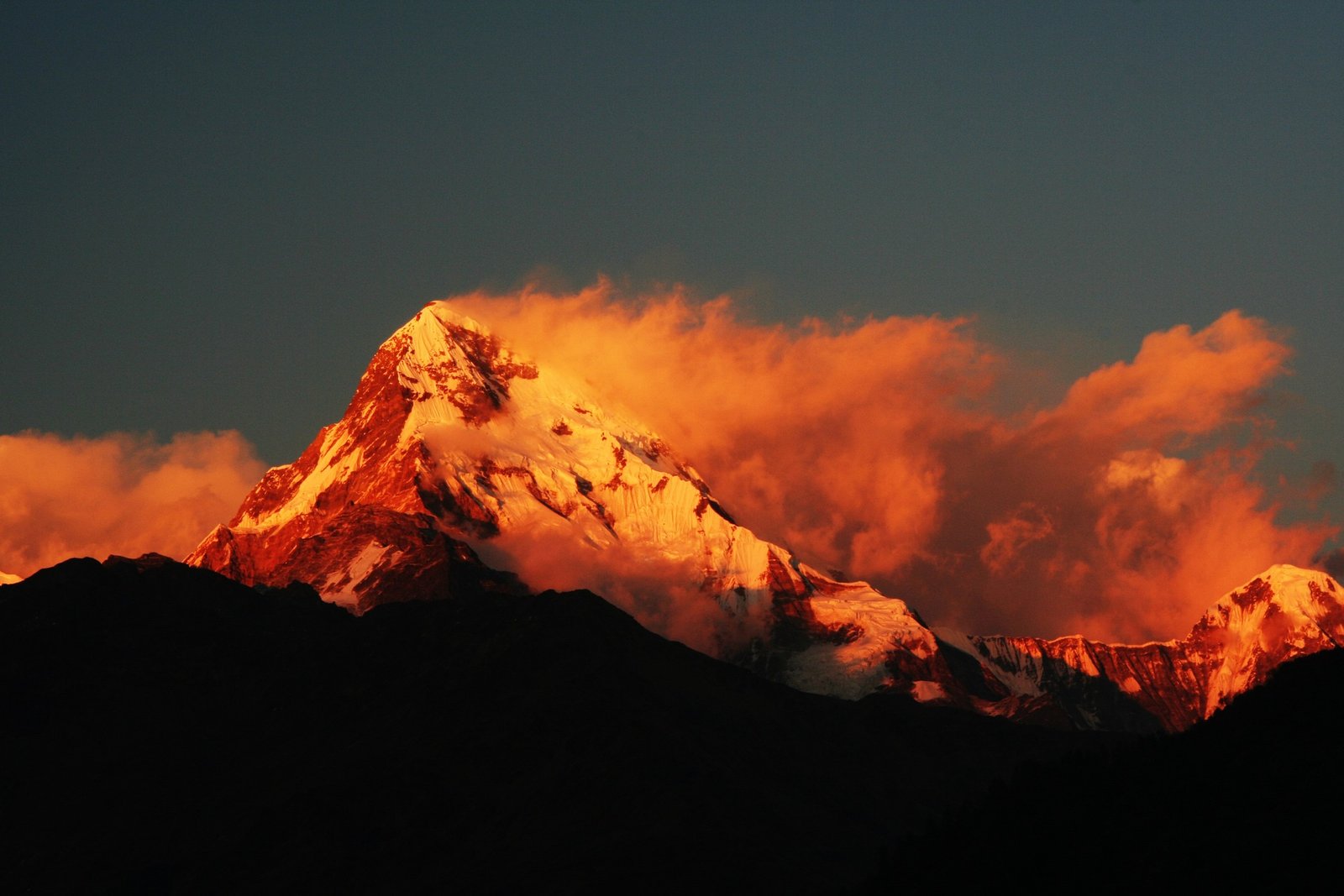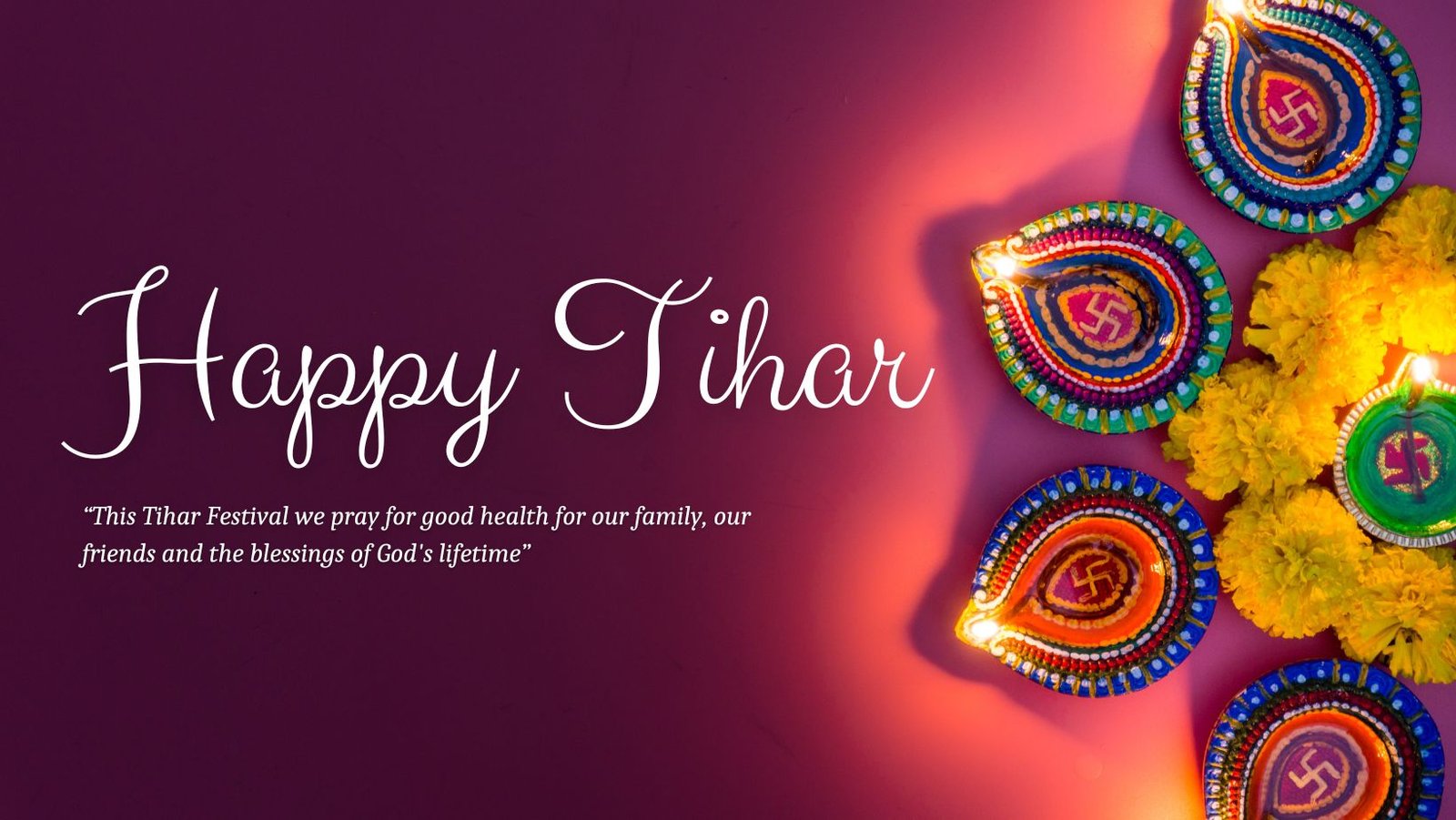Introduction
Nepal’s majestic trekking trails attract adventurers worldwide. However, some of Nepal’s most pristine and culturally rich trekking regions are classified as restricted areas. To protect these regions’ delicate ecosystems, safeguard national security, and conserve indigenous cultures, the Nepal Government requires special permits for trekking in these zones. This guide will help you understand which areas require special permits, how to obtain them, and what to expect, making your trek safe and lawful.
What Are Restricted Trekking Areas in Nepal?
Restricted trekking areas are specific regions in Nepal where entry is controlled due to environmental sensitivity, proximity to international borders, and cultural preservation. Trekking in these areas requires a Restricted Area Permit (RAP), issued only to organized groups accompanied by licensed guides. Independent solo trekking is not allowed.
List of Trekking Areas Requiring Special Permits
| Restricted Area | Permit Fee Details (USD) |
|---|---|
| Upper Mustang | USD 500 for first 10 days, USD 50 per day thereafter |
| Upper Dolpa | USD 500 for first 10 days, USD 50 per day thereafter |
| Gorkha Manaslu Area | Sept-Nov: USD 100/week, USD 15/day (beyond 1 week) Dec-Aug: USD 75/week, USD 10/day (beyond 1 week) |
| Humla | USD 50/week, USD 10/day (beyond 1 week) |
| Taplejung | USD 20/week (for first 4 weeks), USD 25/week (beyond 4 weeks) |
| Lower Dolpa Area | USD 20/week, USD 5/week (beyond 1 week) |
| Dolakha | USD 20/week |
| Gorkha Tsum Valley Area | Sept-Nov: USD 40/week, USD 7/day (beyond 1 week) Dec-Aug: USD 30/week, USD 7/day (beyond 1 week) |
| Sankhuwasabha | USD 20/week (for first 4 weeks), USD 25/week (beyond 4 weeks) |
| Solukhumbu | USD 20/week (for first 4 weeks), USD 25/week (beyond 4 weeks) |
| Rasuwa | USD 20/week |
| Manang | Sept-Nov: USD 100/week, USD 15/day (beyond 1 week) Dec-Aug: USD 75/week, USD 15/day (beyond 1 week) |
| Bajhang | USD 90/week for first week, USD 15/day (beyond 1 week) |
| Mugu | USD 100/week, USD 15/day (beyond 1 week) |
| Darchula | USD 90/week, USD 15/day (beyond 1 week) |
Note: Permit fees are payable in Nepali Rupees equivalent. All permits must be processed by authorized trekking agencies.
How to Obtain Special Permits
Permits are issued by the Department of Immigration, Kathmandu. Individual trekkers cannot apply directly; permits must be obtained through government-authorized trekking agencies like Travel Maker South Asia. The process requires submitting passports, valid visas, group details (minimum two trekkers), and trekking itineraries.
You can apply for Restricted Area Permits in person in Kathmandu or through trekking companies authorized by the Nepal Government. Online application processes are gradually being incorporated but agency registration remains mandatory.
Why Are Special Permits Required?
- National Security: Many restricted areas lie near international borders, requiring careful regulation.
- Environmental Conservation: Protecting fragile ecosystems from over-tourism and degradation.
- Cultural Preservation: Respecting and safeguarding indigenous communities’ traditions and lifestyles.
- Safety Management: Ensuring trekkers are accompanied by licensed guides in challenging terrains.
Tips for Trekking in Restricted Areas
- Plan your trek well in advance to secure permits.
- Always travel with licensed local guides and authorized trekking agencies.
- Follow all government regulations and respect local customs.
- Verify permit requirements and fees regularly, as these can change.
Staying Updated
Permit fees and regulations may vary year-to-year. Before planning your trek, always check the latest information on official websites:
- Nepal Department of Immigration: nepalimmigration.gov.np
- Nepal Tourism Board: ntb.gov.np
You can also consult Travel Maker South Asia at mytravelmakers.com for updated permit info, expert guidance, and fully authorized trekking packages.
Frequently Asked Questions (FAQs) About Nepal Restricted Trekking Permits
Q1: What are restricted trekking permits in Nepal?
Restricted trekking permits (RAP) are special permits required to trek in Nepal’s designated restricted areas, which are sensitive regions near borders, environmentally fragile zones, or culturally significant areas. These permits ensure controlled access to protect these regions.
Q2: Which trekking areas in Nepal require special permits?
Areas such as Upper Mustang, Upper Dolpa, Manaslu, Humla, Taplejung, Lower Dolpa, Tsum Valley, Sankhuwasabha, Solukhumbu (parts), Manang, Rasuwa, Bajhang, Mugu, and Darchula require restricted area permits.
Q3: Can I apply for restricted area trekking permits by myself?
No. Individual trekkers cannot directly apply for restricted area permits. These must be obtained through authorized trekking agencies, who apply on behalf of organized groups accompanied by licensed guides.
Q4: Is solo trekking allowed in restricted areas?
No. Solo trekking is prohibited in restricted areas. Permits are only issued to groups of at least two trekkers with licensed guides.
Q5: How much do restricted trekking permits cost in Nepal?
Fees vary by region but range from around USD 20 per week for lower regions to USD 500 for 10 days in Upper Mustang. Daily fees apply beyond base permit periods. Fees are payable in Nepali Rupees equivalent.
Q6: Where do I apply for a restricted area permit?
Permits are processed by the Nepal Department of Immigration in Kathmandu. Authorized trekking companies like Travel Maker South Asia handle the applications for trekkers.
Q7: What documents are needed to apply for a restricted trekking permit?
A valid passport and visa covering the trekking period, group details, trekking itinerary, and passport-sized photos are generally required by the Nepal Immigration Department.
Q8: Can permit fees change frequently?
Yes. Permit fees and regulations can change annually or based on government policy. Trekkers should confirm current fees with authorized agencies before planning.
Q9: Are restricted area permits refundable if I cancel my trek?
No, permit fees are non-refundable once issued.
Q10: Does the permit cover guide and accommodation costs?
No. The permit fee covers permission to enter restricted areas only; guide fees, accommodations, and other trekking costs are separate.
Full Checklist for Applying for a Restricted Area Permit in Nepal
1. Select an Authorized Trekking Agency
- Only registered and authorized trekking agencies in Nepal can apply for RAP.
- You cannot apply for the permit independently as an individual trekker.
2. Prepare Necessary Documents
- Original Passport
Valid for at least 6 months beyond the trek period. - Nepal Visa
Valid visa (if required; on arrival or pre-arranged). - Passport-sized Photos (2-4 recent color photos)
Usually specifically 2-4; check with your agency. - Proof of Travel Insurance
Covering high-altitude trekking and helicopter evacuation. - Detailed Trekking Itinerary
Including route, duration, and region specifics. - Copy of Visa and Passport
Clear photocopies of the passport pages.
3. Application Submission
- The authorized trekking agency submits your documents, passport copies, and itinerary to the Department of Immigration in Kathmandu.
- Some agencies may also process permits through their offices in Kathmandu, Pokhara, or Besisahar for certain regions like Annapurna.
4. Permit Fees Payment
- Permit fees vary depending on the region, duration, and area.
- Typical fees include USD 20–USD 500 depending on the restricted area (e.g., USD 500 for Upper Mustang for the first 10 days).
- Fees are paid directly through the agency, which manages all transactions.
5. Processing Time
- Usually, permits are issued within the same day if all documents are correctly submitted.
- During peak seasons or holidays, allow at least one full working day.
6. Permit Collection
- The agency will receive the valid permit document, which must be carried at all times during the trek and presented at checkpoints.
7. Inspection & Checkpoints
- The permit is checked at various checkpoints en route:
- Jagat, Philim, Namrung, Samagaun, Samdo, Dharapani, Lokpa, Nile, and other regions depending on your route.
Summary
| Step | Action | Details |
|---|---|---|
| 1 | Choose authorized agency | Submit documents via approved Nepali trekking company |
| 2 | Gather documents | Passport, visa, photos, insurance, itinerary |
| 3 | Submit application | Through your agency to the Department of Immigration |
| 4 | Pay fees | Varies by region, paid via agency |
| 5 | Receive permit | Usually same-day, carry throughout trek |
| 6 | Follow checkpoint protocol | Present permit at all points |
Additional Tips
- Always double-check the latest permit fees and regulation updates before application, as policies can change annually.
- Use an experienced agency like Travel Maker South Asia for hassle-free processing.
- Keep digital and physical copies of your permit during your trek.
Conclusion
Nepal’s restricted trekking areas offer extraordinary experiences of unspoiled nature and rich culture. Respecting permit rules and following proper procedures ensures your adventure is unforgettable and responsible. Travel Maker South Asia is here to assist you with the latest permit information, hassle-free applications, and expert trekking arrangements.
